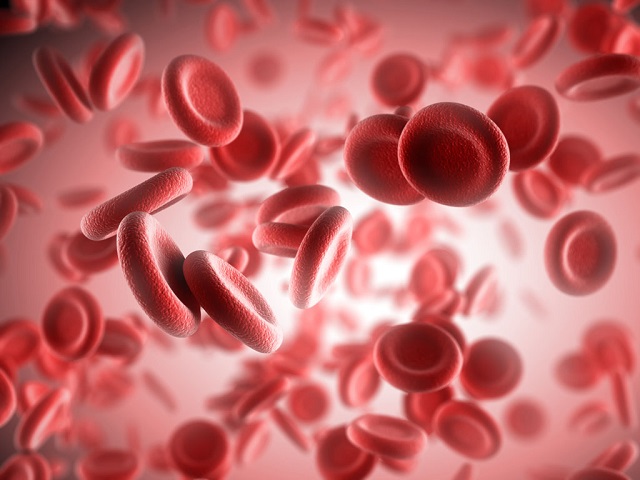Aug. 6, 2019 — The public is invited to hear CSU Channel Islands (CSUCI) graduate students present their findings on stem cell research they have conducted during year-long internships at institutions such as City of Hope, Stanford University, Scripps Research Institute, Cedars-Sinai Medical Institute, University of California, San Diego, University of California, Santa Barbara, and the University of Southern California.
A total of 14 CSUCI graduate students will present their findings on Friday, Aug. 9 from 9 a.m. to 5 p.m. at the Camarillo Public Library located at 4101 Las Posas Road. The event is free and open to the public.
The students, who are all pursuing a Master’s degree in Biotechnology & Bioinformatics, are finishing up a year’s internship at cutting-edge research institutes within California in which they studied either the role of stem cells in certain conditions or diseases, or studied the mechanics of the stem cells themselves. Their research examined the role stem cells might play in human maladies ranging from diabetes to traumatic brain injury to blood, ovarian and breast cancer.

“The potential of stem cells is unprecedented,” said CSUCI Professor of Biology Nitika Parmar, Ph.D. “With advances in technologies, stem cells have been coaxed to turn into different body cell types. Stem cell therapies specifically tailored to certain diseases are likely to have huge implications in the future".
Biotechnology graduate student Nathan Cunningham spent the last year at Stanford University using stem cells to find out why certain women experience irreversible damage to heart cells when treated for breast cancer with a chemotherapy drug called "doxorubicin.”
With collaboration from a team of cardiologists, Cunningham and his fellow researchers extracted cells from the blood of breast cancer patients treated with doxorubicin. Researchers then reprogrammed the patient’s cells, which contain their DNA, into a stem cell with the potential to grow into a heart cell, or cardiomyocyte.
“We trick the blood cells into thinking they are stem cells,” Cunningham said. “These cells have the patient’s genetic information which is what makes them perfect models for studying the disease specific to that patient.”
Another intern who spent the year at University of California, San Diego, is using a gene-editing tool called CRISPR-Cas technology to help create a stem cell that could have a tremendous advantage in the area of diabetes.
“Another student at University of California, Santa Barbara, is looking at the response of neuronal-stem cells and what happens to individuals who sustain a traumatic brain injury,” Parmar said. “Another student was at the Scripps Research Institute in San Diego researching what kind of molecules lead to regeneration of cochlear hair cells in the ear. One of the causes of deafness is the destruction of these hair cells. For those losing their hearing, finding out what drug would stimulate these cells to regenerate in the ear could have huge implications.”
These internships were made possible by a 2016 grant of $3,045,000 from the California Institute for Regenerative Medicine (CIRM). CSUCI’s grant was part of a larger $40.13 million grant from CIRM called the Bridges to Stem Cell Research and Therapy Awards Program.
Lunch will be provided and RSVP at: go.csuci.edu/colloquium
For more information, contact Professor Nitika Parmar at nitika.parmar@csuci.edu
